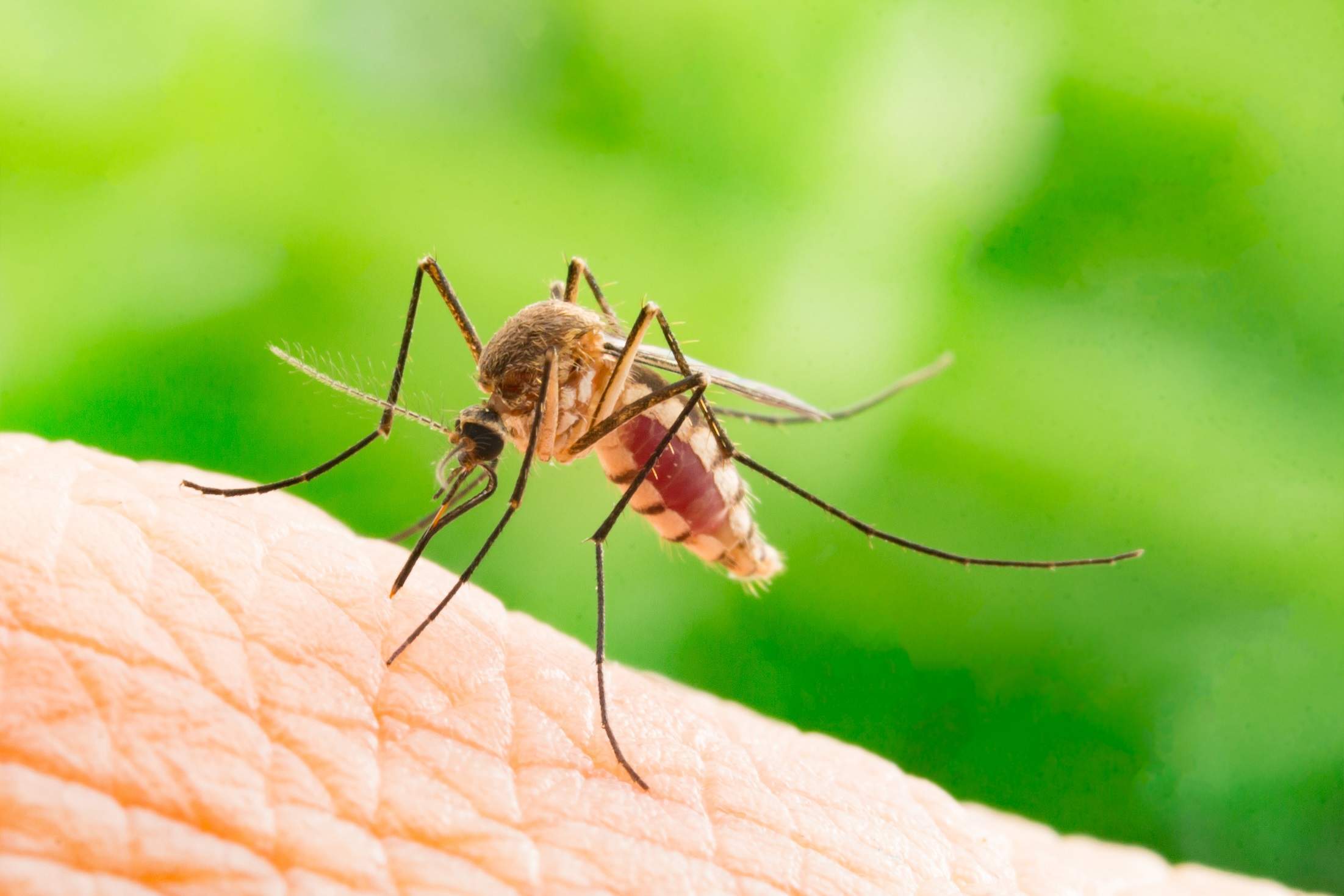
Emails released this week under freedom of information rules show that the US Defense Advanced Research Projects Agency (Darpa) is investing $100 million in gene drive technology in a bid to deplete numbers of malaria-carrying mosquitos and other pests.
If confirmed, Darpa would be the largest single funder of gene drive research in the world.
What is gene drive technology?
Gene drive technology applies the CRISPR/Cas9 system that cuts into DNA strands, allowing genetic material to be altered, inserted or removed.
For instance, the US has been considering using gene drive technology to create lab-grown mosquitoes. The aim is to reduce the spread of mosquito-borne diseases for several years. So far, it has spent around $820m on synthetic biology alone between 2008 and 2014.
Using gene drive technology, pests such as mosquitoes can be genetically manipulated in a way that disrupts their reproductive capacity. This can be done by either destroying female fertility genes or gradually eradicating the X chromosome so numbers of female mosquitoes decrease, as only female mosquitoes bite.
The recent advancement in CRISPR has caused much excitement in the scientific community as it is faster, cheaper and more accurate than previous genome editing methods.
Yet not everyone is happy about gene drive technology
Celebrations about CRISPR aside, genetic modification technology has caused something of a rift in public opinion, with some raising fears over its misuse for military purposes. Others have criticised the lack of transparency surrounding the project’s development. As such some have called for a moratorium on the initiative’s progression.
The ETC, which obtained the emails, published its report on Monday, emphasising the apparent dangers of such technology, with Jim Thomas of ETC Group warning:
“Gene drives are a powerful and dangerous new technology and potential biological weapons could have disastrous impacts on peace, food security and the environment, especially if misused.
“The fact that gene drive development is now being primarily funded and structured by the US military raises alarming questions about this entire field.”
For many, the release of the emails adds to the bad reputation gene drives have. In addition, it’s exacerbated by the fact that it is revealed to be backed by Darpa, a military agency. This has contributed to fears its development will be in lieu with military incentives.
For others, there is an ecological reason to be skeptical about the technology.
One United Nations expert told the Guardian;
“You may be able to remove viruses or the entire mosquito population, but that may also have downstream ecological effects on species that depend on them. My main worry is that we do something irreversible to the environment, despite our good intentions, before we fully appreciate the way that this technology will work.”
Could the technology be used for military purposes?
Andrea Crisanti, a professor of molecular parasitology at Imperial College London, who has reportedly been hired by Darpa, denied statements akin to those made by ETC. Crisanti told Verdict:
“I’m the one who has developed the technology at the molecular level and I really can’t see how this could be used for military purposes. It would take years for this scheme to have any impact due to the mosquitos reproduction time.”
For others, the perceived threat of gene drives is the very root of Darpa’s funding of the program. Neil Gemmell from the University of Otago co-authored a study with MIT professor Kevin Esvelt on the proposed use of gene drive technology in New Zealand to reduce numbers of rodents. On the question of bioweapons, he told Verdict:
“There is obvious potential to turn a technology as powerful as gene drives into something that does harm. It is therefore reasonable for agencies charged with defence to consider how you might thwart such a threat, which I believe is one of the main motivations of the Darpa safe genes programme.”
Who could be affected by the research being stopped?
As a result of these concerns around the potential affects of gene drive technology, the UN Convention on Biological Diversity (CBD) is currently debating whether to halt the research next year.
However for those developing the technology, at stake is the future health of millions of people living at risk of contracting malaria, dengue and Zika viruses – among others.
“We need to accept the fact that there is no human life on earth without interfering with nature.” Crisanti said. “It’s just that in this case we are doing it for the good of millions of people living in poverty without the means to fight this disease. It’s had devastating effects for the last three or four thousand years.
“We should give the people in the resource-poor country that has the problem a voice, and a say on whether they want this technology or whether they want a moratorium.
“I would like to ask these people who advocate the moratorium what they will give in exchange to the people living in a country who every day face the prospect of getting malaria. It would be fine if they imposed a moratorium but stepped up investment for controlling malaria worldwide – that would be a reasonable proposal. But they’re not.”
It’s not just the US that has been experimenting with gene drive technology
Gene drive technology has been used all over the world. For instance, in Brazil in 2016, scientists successfully tested lab-grown mosquitoes in the Cayman Islands, Panama and Brazil. The mosquito was a male Aedes aegypti mosquito genetically engineered to pass on a gene made from combining E. coli and the herpes simplex virus which caused the females’ offspring to die.
In addition, last year New Zealand announced plans to eliminate all of its rats, possums and stoats by 2050. This was to deal with rodents that cause widespread damage to the country’s flora and fauna and impose a substantial economic burden.
The plan similarly proposes to use gene drives and the tool CRISPR. The announcement generated global interest and sparked a debate over the use of gene drives.







